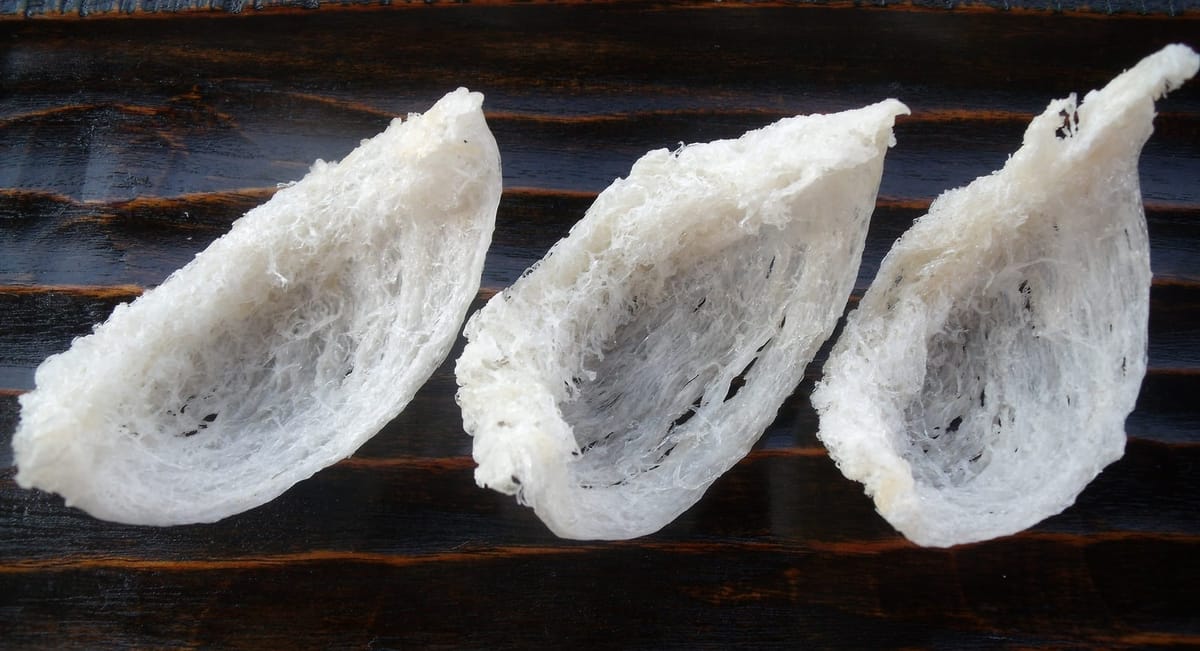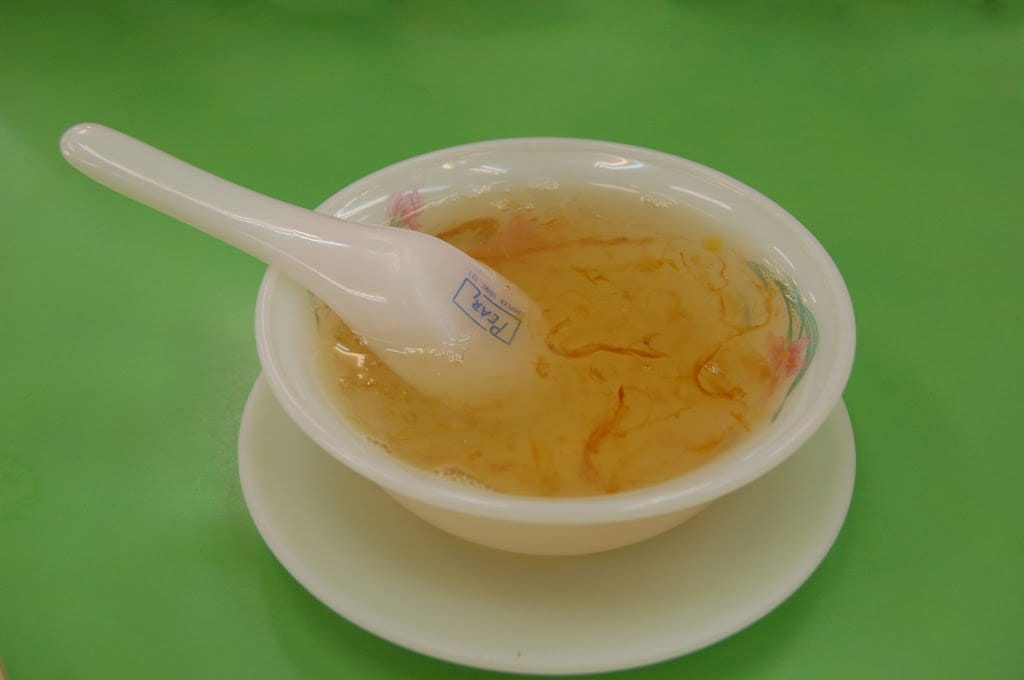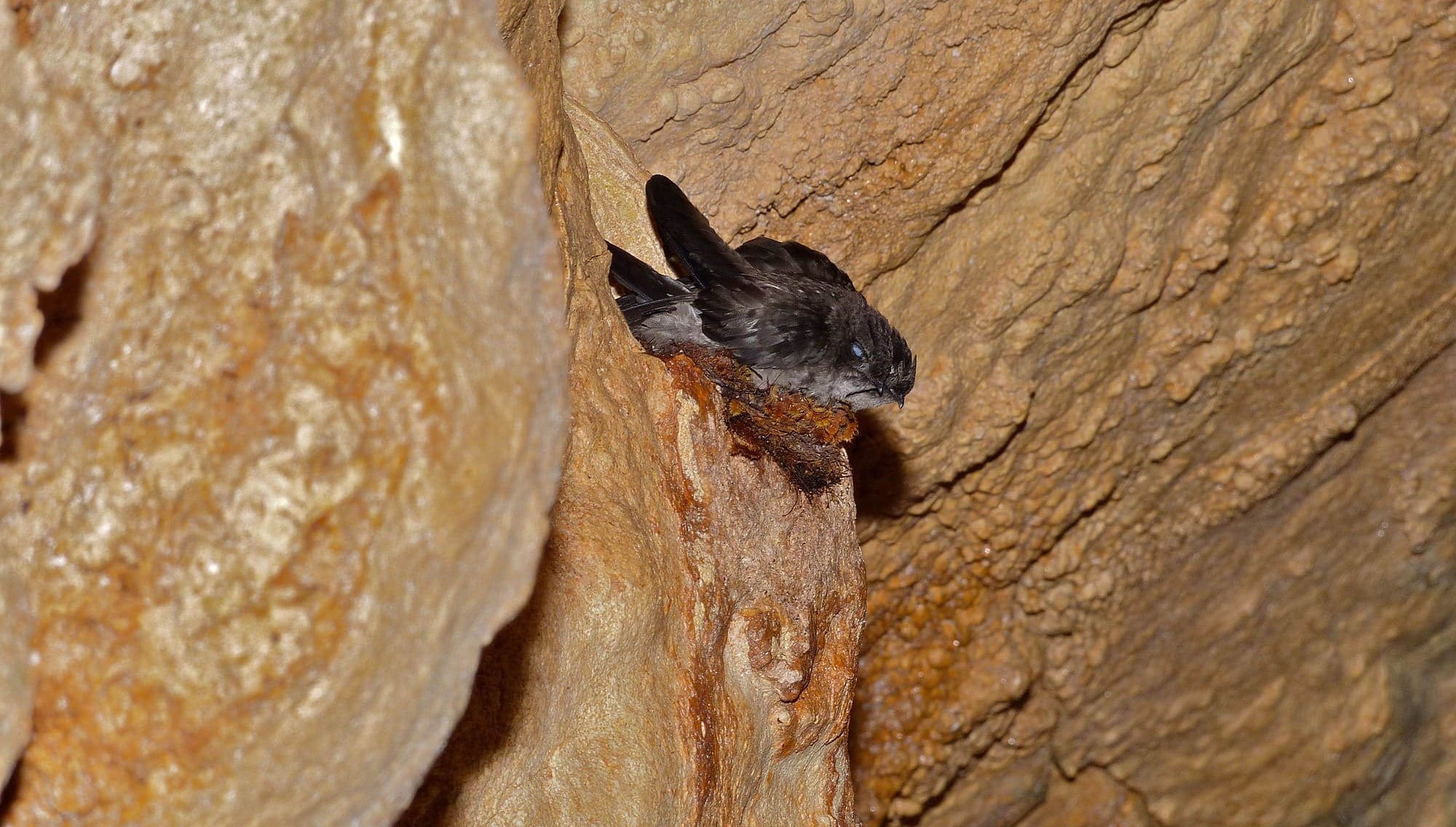Why is Bird's Nest Soup So Expensive?
Bird's Nest Soup, a Chinese culinary treasure for over a thousand years, is celebrated for its remarkable health benefits, including cancer prevention and promoting youthful vitality. This article explores the factors contributing to the high cost of this distinctive, jelly-like delicacy.

Bird's Nest Soup, a delicacy with a history of over a thousand years in China, is renowned for its purported extraordinary health benefits, ranging from cancer prevention to aiding in children's growth.
The key component of this luxurious dish is the nest of the swiftlet, a tiny bird found in Southeast Asia. Swiftlets create their nests using their own saliva, which solidifies when exposed to air, on cave walls and steep cliffsides.
These nests are collected three times annually, a practice that significantly contributes to the soup's exorbitant cost.
For instance, in New York City's Chinatown, around 2 dozen of these nests can fetch upwards of a thousand dollars.
Traditionally, these nests were obtained from natural habitats, a method that has contributed to the rarity and high value of this culinary specialty
What is Bird's Nest Soup?
The primary ingredient of bird's nest soup is the actual nest of the swiftlet bird, a small bird found in Southeast Asia.
Unlike typical bird nests composed of twigs and leaves, swiftlet nests are unique because they are made almost entirely from the bird's saliva, which hardens when exposed to air.
The nests are prized for their gelatinous texture once dissolved in water.
The Most Expensive Variety
Swiftlet nests are carefully selected based on size and color variations. According to Insider, the prized white swiftlet nests are valued at around $2,600 USD per kilogram.
Even more coveted are the "blood nests," or red swiftlet nests, fetching up to $7,400 USD per kilogram. This unique red hue results from minerals in the nests reacting with the environment.
Unlike the more commonly restaurant-served or bottled varieties, blood bird's nests are typically sold raw, either as whole nests or in pieces, for home boiling.
Preparing a single bowl of bird's nest soup using nine grams of this red variety can cost between $66 and $80 USD.
History and Origin
In a captivating tale from the Ming dynasty, Zheng He, a celebrated mariner and diplomat, is credited with introducing bird's nest soup to China.
During a challenging expedition, his fleet, caught in a storm, landed on an uninhabited island in the Malay Archipelago.
Facing dwindling supplies, Zheng He directed his crew to search for food. They discovered numerous swiftlet nests in a cave, which they collected, boiled, and ate.
Remarkably, the crew's health improved significantly after consuming these nests. Zheng He, recognizing the potential of this find, brought some nests back to China and presented them to the emperor.
This event is believed to have sparked the Chinese fascination with bird's nest soup, a delicacy revered to this day.
Why is Bird's Nest Soup So Expensive?

Rarity due to Overharvesting
Swiftlet nests, the cornerstone of the luxurious Bird's Nest Soup, are not only rare but also a testament to the swiftlets' remarkable nest-building skills.
Swiftlets construct their nests during three seasons annually: spring, summer, and autumn. Each nest requires around 30 to 35 days to complete.
Notably, it's primarily the male swiftlets that undertake this task, skillfully affixing the nests to the vertical surfaces of limestone cave walls.
This painstaking process, combined with the nests' unique locations in Southeast Asia and the alarming decline in swiftlet populations due to overharvesting, contributes significantly to the rarity and high value of these nests, earning them the moniker "Caviar of the East" and commanding prices as high as $2,000 per pound today when adjusted for inflation.
Risky Heights: The Danger of Harvesting Bird's Nests

The harvesting process of bird's nests for the renowned Bird's Nest Soup is both perilous and requires exceptional skill, significantly contributing to the soup's high cost.
Harvesters undertake the risky task of scaling steep cave walls and cliffs, often without the safety of nets or harnesses.
Perched precariously high, sometimes equivalent to several stories, they meticulously extract the nests from the cave walls.
Despite the dangers, the lucrative nature of this endeavor drives harvesters to collect as many nests as possible during each expedition, often including those not fully formed, to maximize their reward.
This arduous and hazardous process underscores the rarity and value of these nests in culinary circles.
Meticulous Cleaning Process
The process of cleaning swiftlet nests for the market is a laborious task, essential for ensuring their quality for culinary purposes.
Initially, these nests, made from bird saliva and feathers, appear black and are filled with impurities.
The meticulous cleaning required is time-consuming: on average, it takes about eight hours for an individual to thoroughly clean a batch of 10 nests, highlighting the intensive care and effort invested in preparing these nests for sale and consumption.
Traditionally, they were cleaned by hand, with debris carefully picked out using instruments. Now, commercial cleaning often involves bleaching agents for efficiency, while preserving the nest's integrity.
The quality of cleaning significantly impacts the nest's market price. A well-cleaned, intact "full cup" nest is more valued than fragments, despite identical nutritional content.
This process highlights the importance of both the nest's appearance and its cleanliness in determining its commercial worth.
Demand Soars in the Swiftlet Nest Industry
The swiftlet farming industry in Southeast Asia has drastically evolved with the rise of 'swiftlet hotels'—vacant or underused buildings converted into nesting sites.
This innovation led to a dramatic increase in nest production, especially in Malaysia, where such facilities grew from 900 to 60,000 between 1998 and 2013.
However, even with this increased supply, bird's nest soup prices remain high due to a simultaneous growth in demand, with more people now able to afford this delicacy.
As a result, despite greater availability, bird's nest soup retains its luxury status, often selling for over a hundred dollars per bowl in upscale restaurants.
Perceived Health Benefits
Bird's Nest Soup, a sought-after delicacy, is not only prized for its rarity and taste but also for its purported health benefits. Research has begun to unveil the science behind these claims.
Studies indicate that the soup may have anti-inflammatory properties and could potentially alleviate chemotherapy side effects. Additionally, swiftlet nests are remarkably protein-rich, comprising about 40% to 50% of their composition.
This nutritional profile is believed to enhance skin quality, aid digestion, and boost immunity, adding to the nests' allure and contributing to their high market value.
Key Factors in Successful Bird's Nest Farming
Locals involved in bird's nest farming attribute their success to a blend of cultural beliefs and technological methods.
Firstly, they hold a strong conviction that their generosity and kindness towards the community positively influences the swiftlets' decision to build nests in their homes, linking abundance with charity.
Secondly, technology plays a crucial role: farmers use speakers to emit swiftlet chirps at specific frequencies and volumes, creating an inviting environment for the birds.
Lastly, they practice ethical harvesting, demonstrating care for the swiftlets by ensuring not to collect nests that contain eggs.
This combination of community values, technological savvy, and ethical considerations forms the foundation of successful bird's nest farming.
Flavor Profile
Bird's nest itself has a very mild, almost bland taste. The appeal lies in its texture, which is gelatinous and slightly sticky when cooked.
The nests are often prepared in a sweet or savory broth, absorbing the flavors of the other ingredients like chicken, ginger, or rock sugar.
The culinary experience of bird's nest soup is more about the unique texture and the broth's flavor rather than the nest itself.
In Conclusion
Bird's Nest Soup continues to epitomize luxury and sophistication in the culinary world, with its unique texture and reputed health benefits enhancing its appeal in upscale dining circles.
The persistent high demand for this delicacy, despite its steep price, underscores its enduring status.
This is largely driven by the belief in its rejuvenating properties, often humorously referred to as the 'fountain of youth' of expensive bird saliva. Understanding these factors explains the substantial price tag of this soft, jelly-like culinary treasure.


